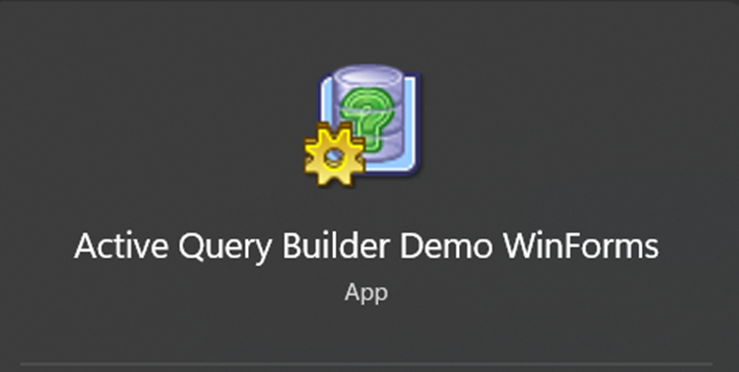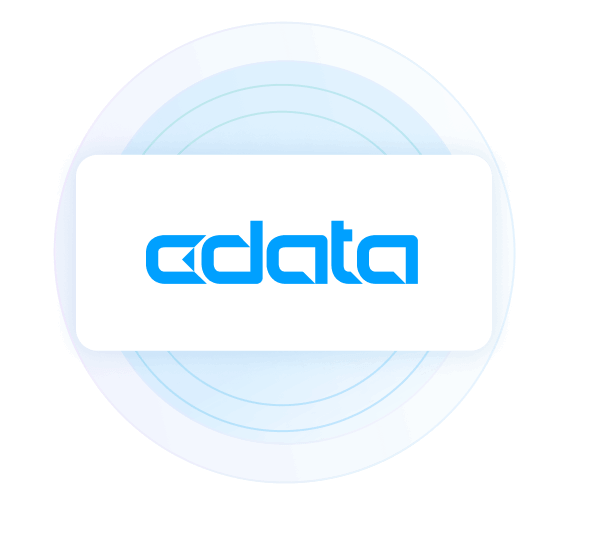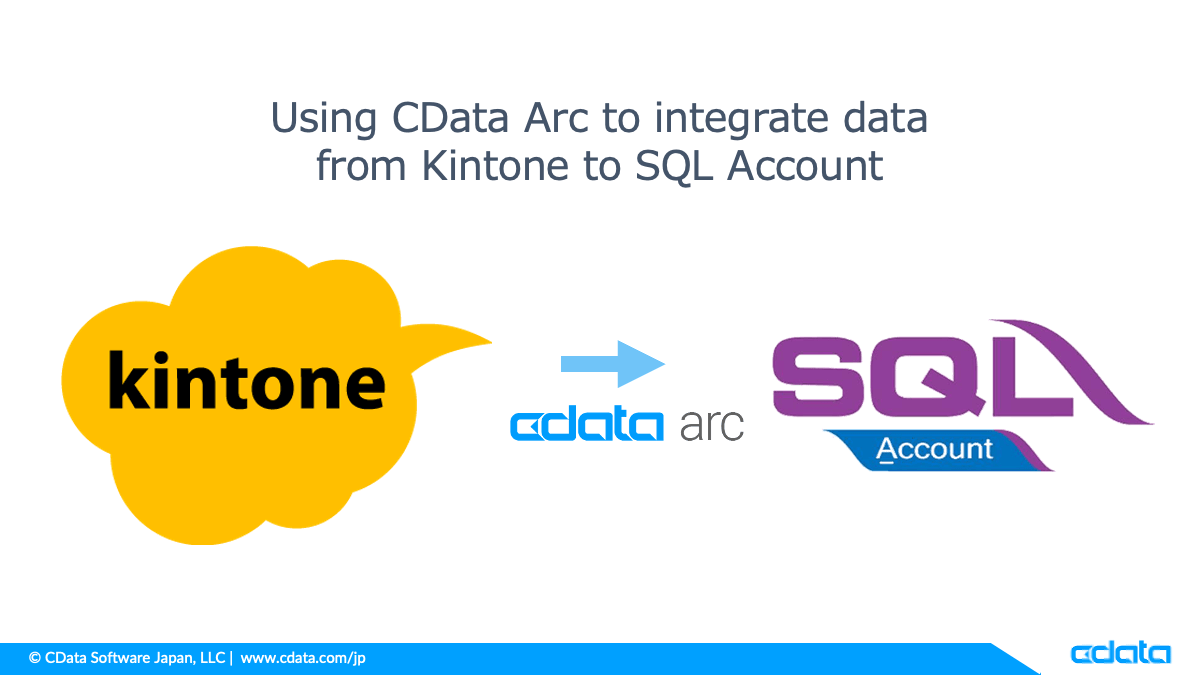Discover how a bimodal integration strategy can address the major data management challenges facing your organization today.
Get the Report →Rapidly Develop PostgreSQL-Driven Apps with Active Query Builder
Leverage the Active Query Builder SQL interface builder and the ease of .NET data access to create data-driven WinForms and ASP.NET apps.
Write standard .NET to expose PostgreSQL data through an SQL interface: Active Query Builder helps developers write SQL interfaces; the CData ODBC Driver for PostgreSQL enables standards-based access to PostgreSQL. This integration uses the Microsoft ADO.NET Provider for ODBC as a bridge between the ODBC Driver and the Active Query Builder objects to build a visual SQL composer.
Connect to PostgreSQL as an ODBC Data Source
If you have not already, first specify connection properties in an ODBC DSN (data source name). This is the last step of the driver installation. You can use the Microsoft ODBC Data Source Administrator to create and configure ODBC DSNs.
To connect to PostgreSQL, set the Server, Port (the default port is 5432), and Database connection properties and set the User and Password you wish to use to authenticate to the server. If the Database property is not specified, the data provider connects to the user's default database.
Use SQL to Interact with PostgreSQL
Follow the steps below to create a WinForms visual query builder.
- In a new Windows Forms project, drag the QueryBuilder from the Toolbox onto the form.
- Add a reference to ActiveQueryBuilder.ODBCMetadataProvider.
- Add an OdbcConnection and set the connection string to the DSN that you created in the first section.
OdbcConnection connection = new OdbcConnection(); connection.ConnectionString = "DSN=PostgreSQL" - Initialize ODBCMetadataProvider and GeneralSyntaxProvider instances and set the Connection property of the ODBCMetadataProvider object to the OdbcConnection.
GenericSyntaxProvider syntaxProvider = new GenericSyntaxProvider(); ODBCMetadataProvider metadataProvider = new ODBCMetadataProvider(); metadataProvider.Connection = connection; - Set the corresponding MetadataProvider and SyntaxProvider properties of the QueryBuilder object.
queryBuilder1.MetadataProvider = metadataProvider; queryBuilder1.SyntaxProvider = syntaxProvider; - Call the InitiatelizeDatabaseSchemaTree method of the QueryBuilder class to retrieve PostgreSQL metadata and generate a tree view of PostgreSQL tables.
queryBuilder1.InitializeDatabaseSchemaTree(); After creating the QueryBuilder, connect it to a TextBox or, as we use, the ActiveQueryBuilder SQLTextEditor: Drag and drop an SQLTextEditor onto the designer.
- Add the following code to the Validating event for the SQLTextEditor:
private void sqlTextEditor1_Validating(object sender, CancelEventArgs e) { try { // Update the query builder with manually edited query text: queryBuilder1.SQL = sqlTextEditor1.Text; } catch (SQLParsingException ex) { e.Cancel = true; // Set caret to error position sqlTextEditor1.SelectionStart = ex.ErrorPos.pos; // Report error MessageBox.Show(ex.Message, "Parsing error"); } } - Add the following to the SQLUpdated event:
private void queryBuilder1_SQLUpdated(object sender, EventArgs e) { sqlTextEditor1.Text = queryBuilder1.FormattedSQL; } -
You can now build queries visually: Double-click a table in the Columns Pane Area and an entity/relationship diagram is displayed in the Query Building Area. Columns that you select in the diagram are added to the query.







